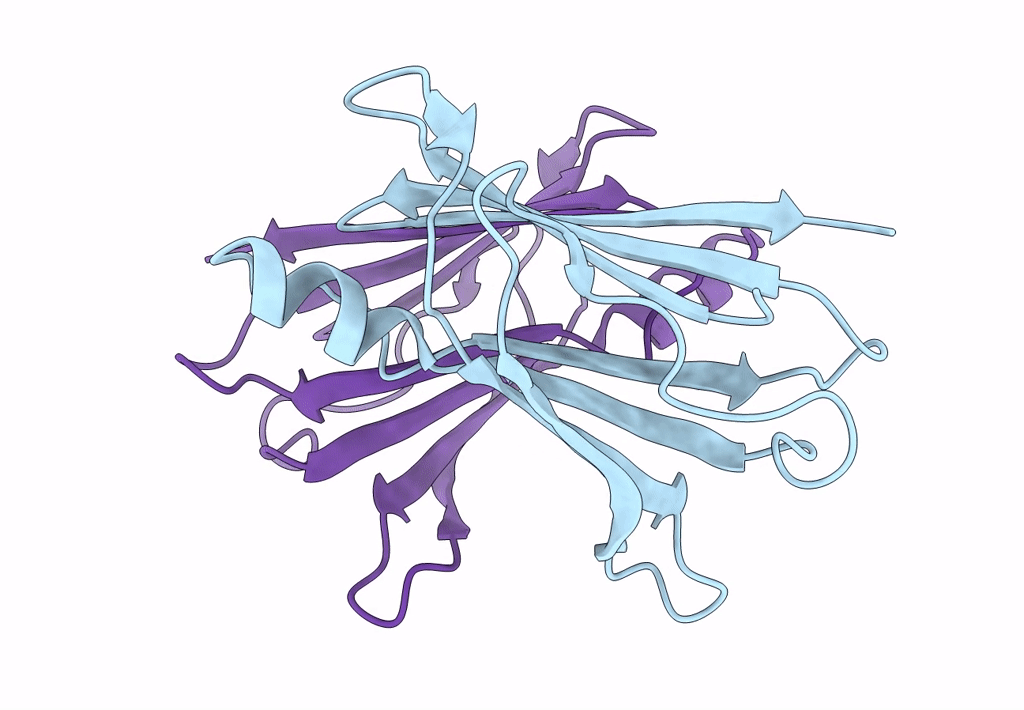
Deposition Date
2023-06-14
Release Date
2023-08-02
Last Version Date
2024-01-17
Entry Detail
PDB ID:
8T5X
Keywords:
Title:
Probing the dissociation pathway of a kinetically labile transthyretin mutant (A25T)
Biological Source:
Source Organism:
Homo sapiens (Taxon ID: 9606)
Host Organism:
Method Details:
Experimental Method:
Resolution:
1.63 Å
R-Value Free:
0.23
R-Value Work:
0.18
R-Value Observed:
0.19
Space Group:
P 21 21 2


